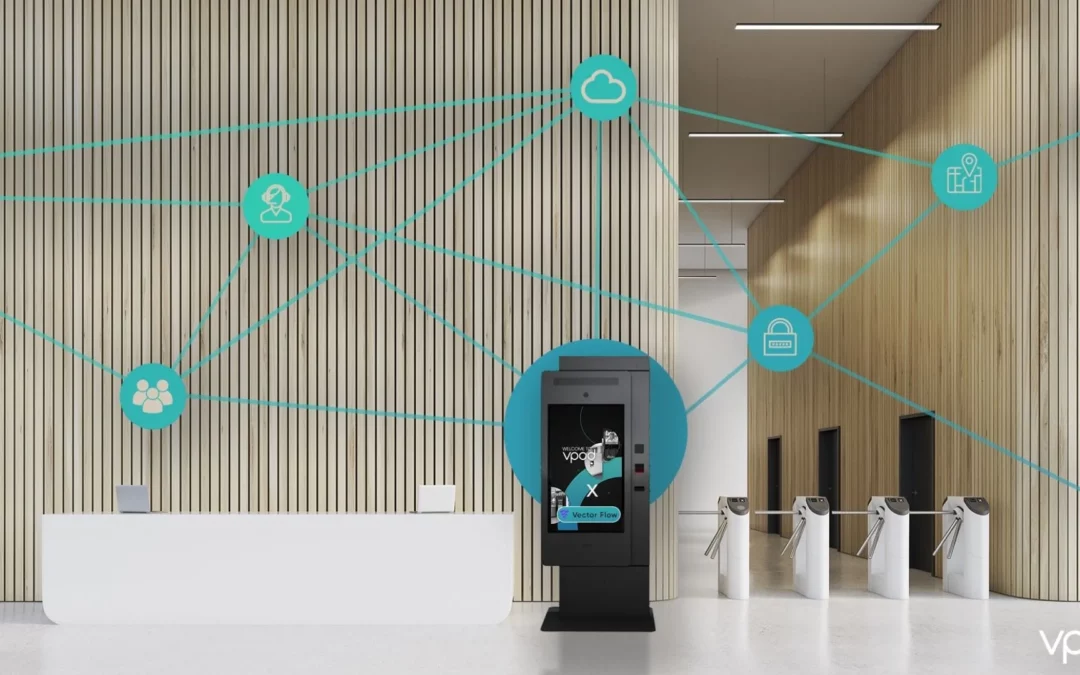Placing employee experience at the forefront, facilities managers and leaders are diligently analysing and strategising how to repurpose existing spaces in alignment with the hybrid working model. The goal is to create flexible environments that not only accommodate the needs of their workforce but also cultivate an atmosphere where individuals are eager to return.
Instead of looking at quantifying the efficiency with space utilisation metrics, we are going to closely look at:
- How businesses can increase the space efficiency of their office
- How it reduces waste
- How it leads to better working environments and saves on cost.
What is Space Efficiency?
Space Efficiency in relation to workplace planning consists of eliminating wasted space while creating ways to maximise usable real estate to fit the needs of people and productivity.
Why do we need to rethink office space?
As we phase towards a ‘new normal,’ companies and their people are looking to find that perfect balance between days working from home and days spent working amongst colleagues in the office. So, what does this mean for Space Efficiency? How will this affect costs for businesses? And how will the employee experience be affected?
Low Space Utilisation and Hybrid Workers
With 30% of respondents reported to be more productive and engaged working from home, and 4.7 million people working flexibly in the US in 2021, hybrid working practices are becoming commonplace across the world.
Long gone are the days when the space will be full of people working on an individualised basis, at any given time. Businesses and their offices will want to be a place that their people are happy to return to and therefore must consider the space they have now and the potential it has to shift, based on the needs of their people as well as their finances.
These questions must be considered while planning office space effectively. The refurbished workplace should be designed to support new working patterns and evolving technology. It should feel connected, accommodate growth and be aligned with future plans.
Prioritising Collaboration and Socialisation
There is no doubt that while people enjoyed things about the freedoms of WFH, there were also things about working in an office that was missed during the lockdown. According to Work Design Magazine, people will no longer head to the office to work on an individual basis anymore – but instead, look to spend time collaborating and working amongst colleagues in person.
People will head to the office for an outstanding human experience – with their colleagues, managers, partners or clients – one that they are unable to experience remotely. The office will have to meet four main objectives:
- To support hyper collaboration;
- To encourage serendipity and creativity;
- To break physical barriers with the leadership and favour managerial proximity;
- And to become a social hub, where employees can share a common sense of purpose and live memorable moments, together and with their clients.
The high cost of underused spaces
It is expensive to rent spaces that aren’t being used efficiently. The cost of renting offices is high, especially in big cities. Even post-pandemic the market is proving to remain hot. In Central London, for example, the average rental price per square foot is between £80-95 for a Grade A-listed building and £55-65 for a Grade B-listed building.
Organisations must listen to their employees and understand their working requirements in order to adjust the space to suit their needs. With the new smart workplace trends coming into play and with people eager to make a return to the office space, the quality of the office environment is attracting tenants more than ever. Companies need to invest in workplace updates that increase efficiency, and productivity while preserving the aesthetic and social integrity of the office.
How to maximise space efficiency with Office Space Planning?
Office space planning ensures that careful consideration is taken to create space that works for a business and its people. It combines smart workplace technology, furniture and a deep understanding of employee needs to maximise space efficiency and offer a space that allows people to be productive.
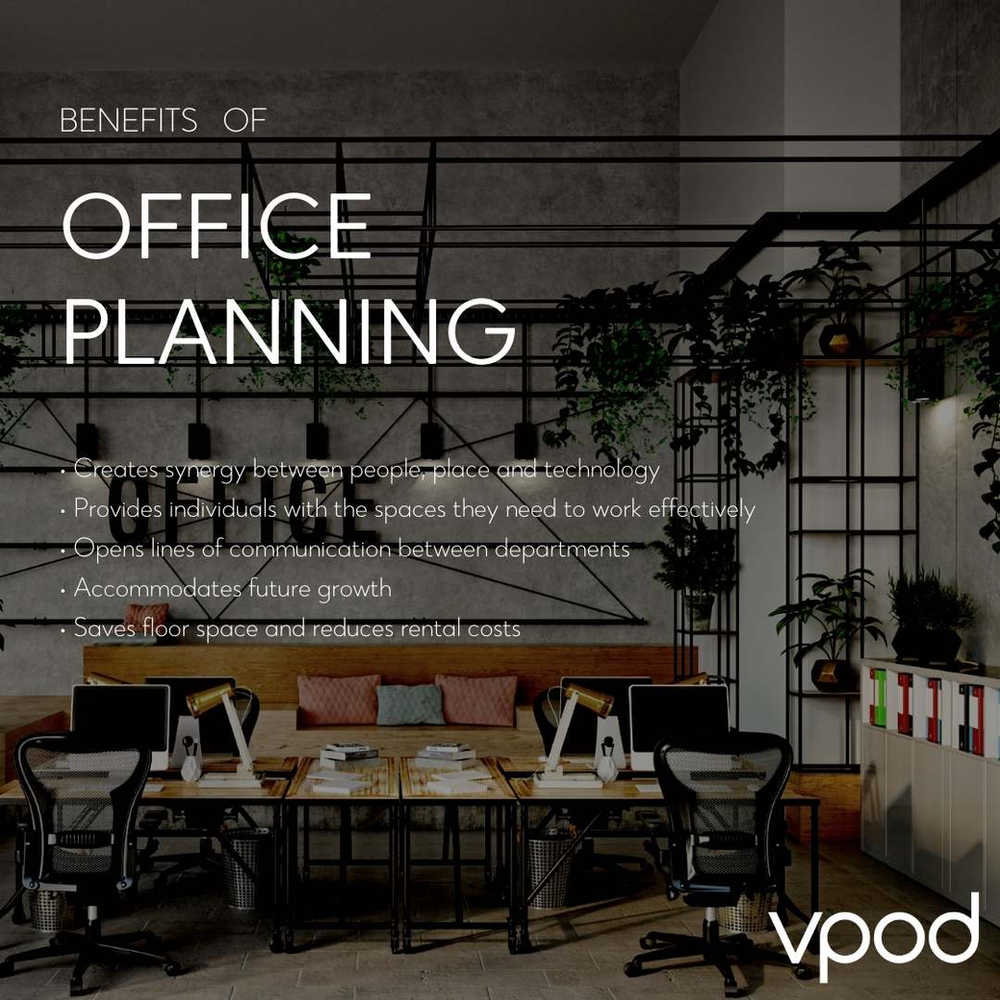
There are numerous benefits of office space planning:
• Creates synergy between people, place and technology
• Provides individuals with the spaces they need to work effectively
• Opens lines of communication between departments
• Accommodates future growth
• Saves floor space and reduces rental costs
We previously introduced the concept of a human-centric workplace, pointing out that the modern office is evolving to be less about the utilisation of data and more about effectiveness and experience. Powered by intelligent, responsive and intuitive technology, we are committed to delivering the ultimate user experience and solving daily workplace challenges.
Below, we outline 3 ways to adjust your office space planning that maximise your Space Efficiency and help your organisation to create a workplace ecosystem that people are happy to get back to.
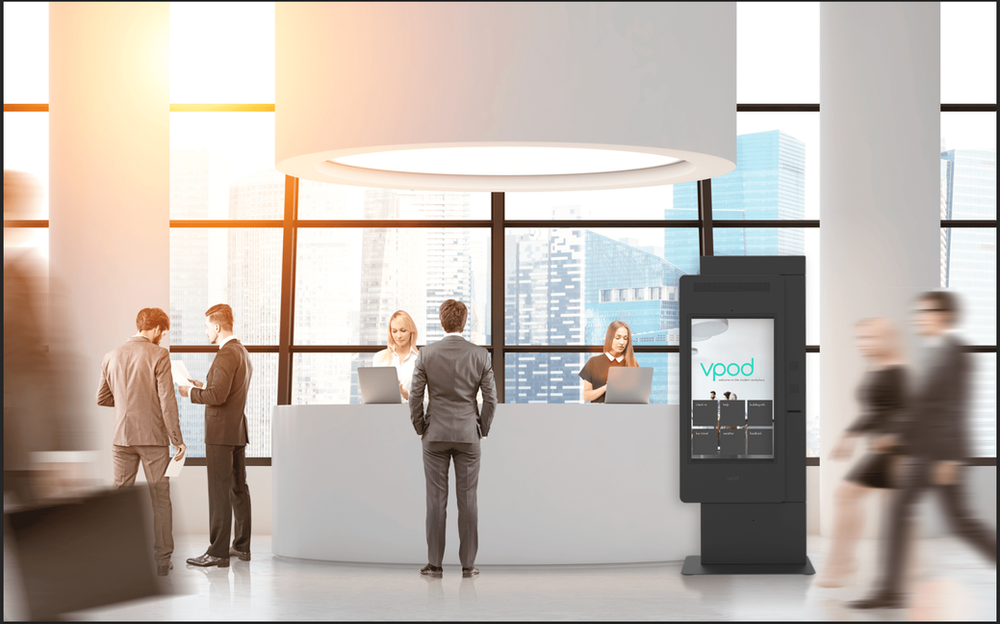
1. Managing footfall at the reception
For a busy office with large visitor traffic, the reception area can occupy a large space to handle the number of visitors and employees who come in and out of doors. Issues such as long queues, visitors waiting in the lobby and couriers delivering packages all make for a congested space that can be repurposed into a more meaningful and useful environment for employees.
With the help of virtual receptions, Vgreet, that help streamline the check-in process to reduce traffic at the entrance of the building, you can increase your space efficiency and upgrade your reception to provide a full meet and greet service.
Read more about how to choose the right automated reception system
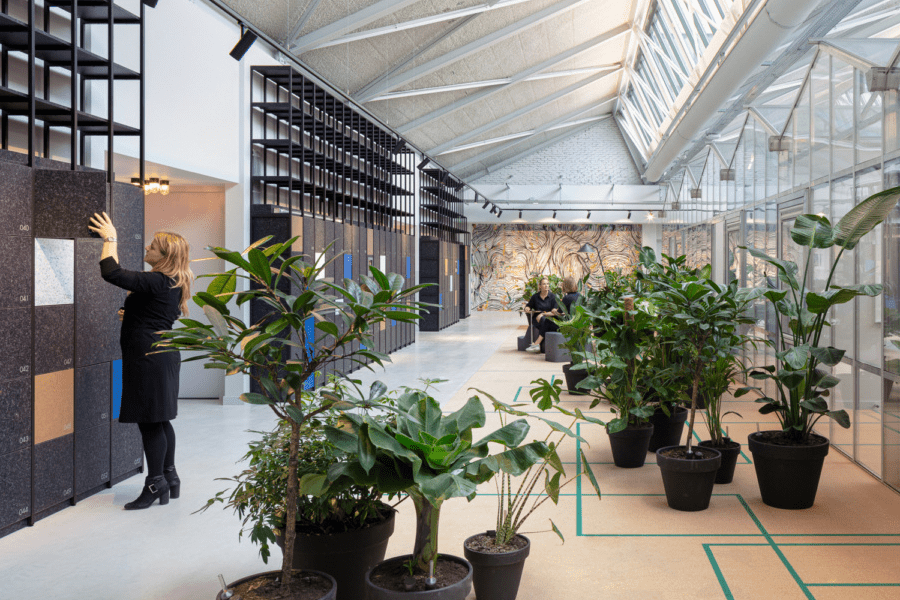
2. Use multi-purpose lockers for office storage
Do you know it is reported that 40% of locker space goes unused on a daily basis? This takes up expensive floor space that can be repurposed into collaborative office spaces, meeting rooms or even individualised quiet working areas, improving overall space efficiency.
Vpod’s multi-purpose smart locker solution is a hybrid working solution that reduces the number of locker banks you need when providing office lockers for staff. With one single locker bank that can process multiple workflows, you can use it as an IT device locker, a personal locker, and a parcel locker.
Read more about how to choose the best office lockers
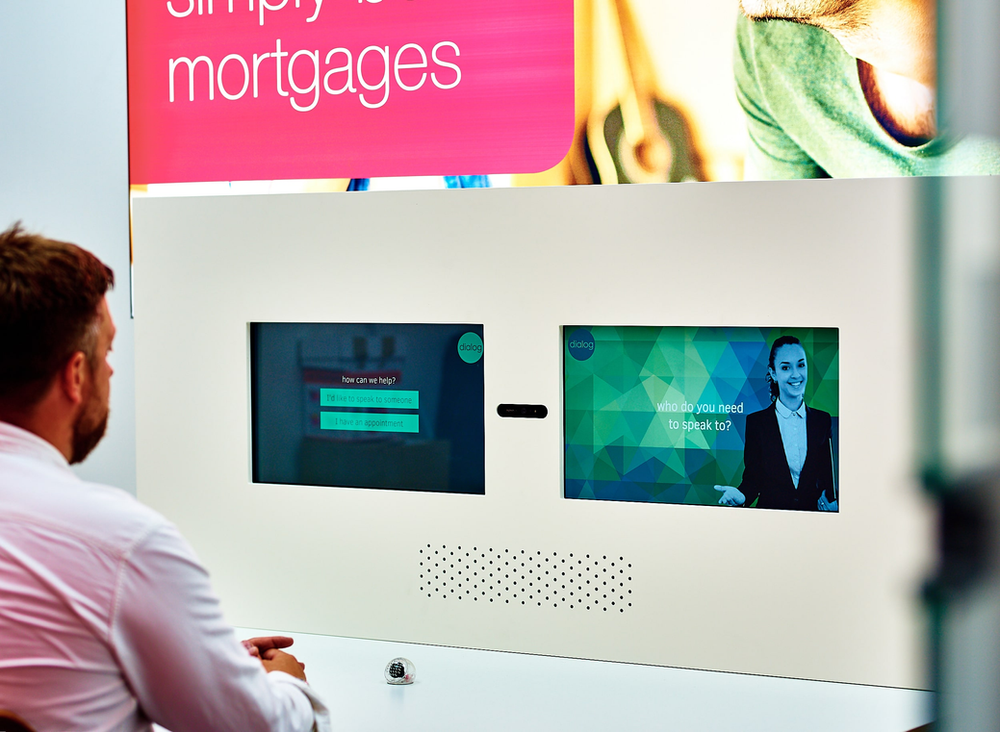
3. Digital outlets for responsive customer service
Customer visits add additional traffic to office spaces. With Dialog, our Virtual Concierge solution, businesses are able to have fewer people on-site and offer hybrid working to all of their employees no matter if their role is customer-facing or not. This promotes workplace safety as well as provides all employees with the benefits of work/life balance. It also means that customers have easy access to experts when they need to speak with them, have a great customer experience and skip the queue!
Conclusion
As the workforce starts to embark on the new normal and embraces hybrid working practices, the future smart workplace will become a place to touch in with and collaborate with colleagues. Office space needs to reflect their needs and supply them with the tools and spaces they require to be productive and to make their commute in, worth it.
Organisations know all too well that space is expensive. With the right planning and a good understanding of their employee’s requirements and preferences, they can make the most of their money by repurposing the space they have by investing in quality technology, furniture and the future of their business.
Further Reading
1. 6 steps to improve the employee experience
2. What is a workplace ecosystem?
3. The key to unlocking better office security


